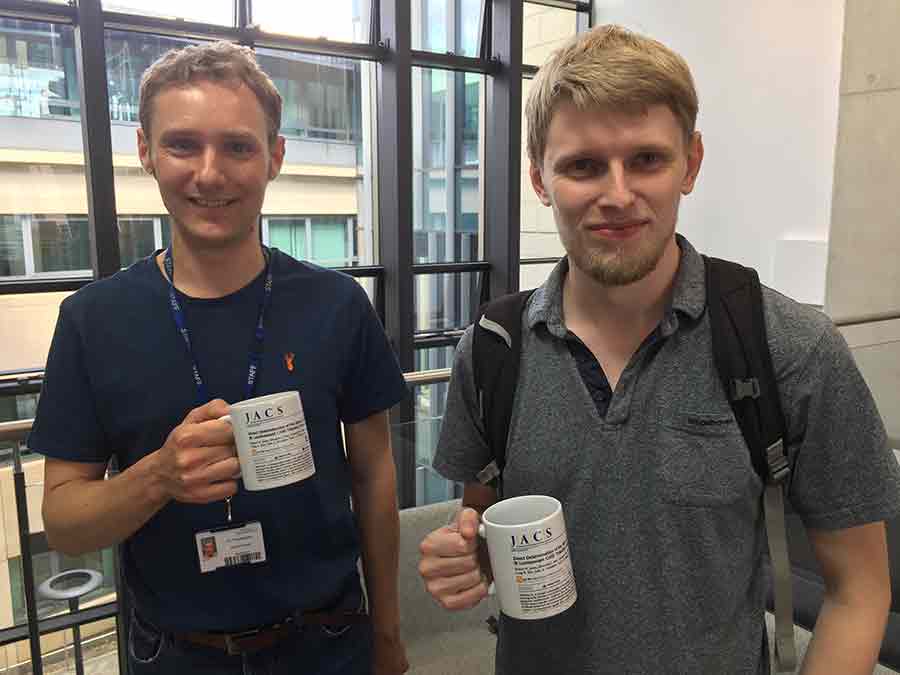Huddersfield Chemist leads international research collaboration

Huddersfield chemist Dr Paul Scattergood, from the University of Huddersfield recently led an international collaborative research project focussing on the fundamental studies of a novel luminescent compound of the metallic element chromium. Dr Scattergood from the Department of Chemical Sciences and Centre for Functional Materials in the School of Applied Sciences has been supported by the University’s International Collaborative Fund.
Developing the next generation of materials
The chromium compounds studied in the research are luminescent in the near-infrared region of the spectrum and have potential applications in, for example, telecommunication technologies, photocatalysis and biomedical imaging. Commenting on the work, Dr Scattergood said, “A detailed understanding of how these materials interact with light and form the excited states responsible for the observed luminescence is essential if we’re to develop next generation materials of this type.”
Collaborative approach
Dr Scattergood worked alongside his EPRSC-funded PhD student Robert Jones and led a team which included researchers from the University of Sheffield and Lund University in Sweden. The team was able to observe and measure the rate of a process called intersystem crossing for a luminescent chromium compound for the first time.
Occurring within a trillionth of a second after absorbing a photon of light this is crucial to the formation of luminescent excited states. These high impact results, which make significant contributions to knowledge of the photophysics of these materials, have been accepted for publication in the Journal of the American Chemical Society. Dr Scattergood also delivered a talk on this paper at the International Symposium on the Photophysics and Photochemistry of Coordination Compounds (ISPPCC) which was held in Ulm, Germany, in July 2023.

“The results we’ve just reported are really exciting, allowing us to obtain detailed insights on fundamental photophysics,” commented Dr Scattergood. “And there’s a lot more exciting results from Robert Jones’ thesis that we’re currently writing up for publication. We’re also hoping that we can use these to secure future research grant funding so we can explore these findings further.” Robert Jones, co-supervised by Professor Paul Elliott, presented some of these further results through a poster presentation, when he joined the Huddersfield delegation at the ISPPCC conference.
Dr Scattergood has also built upon other recent work in collaboration with Professor Susan Quinn at University College Dublin, published in the international journals Inorganic Chemistry and Chemistry – A European Journal. He has also been supported by the University of Huddersfield International Collaborative Fund; using funding secured from the Royal Society of Chemistry, to develop new chromium-based compounds that target DNA with potential anti-cancer therapeutic activity. Having spent a week in Professor’s Quinn’s laboratory earlier in the year, he was able to separate a key candidate compound, prepared under his supervision by final year project student Maisie Haigh, into its left-handed and right-handed forms and carried out experiments to probe their DNA binding affinity.
When asked about how his research has developed this year, Dr Scattergood said, “The last few months have yielded a lot of really exciting results and promising leads for us to follow up on. We’ve got a lot of new papers and grant proposals to get on with and write. It’s going to be a busy year coming up!”